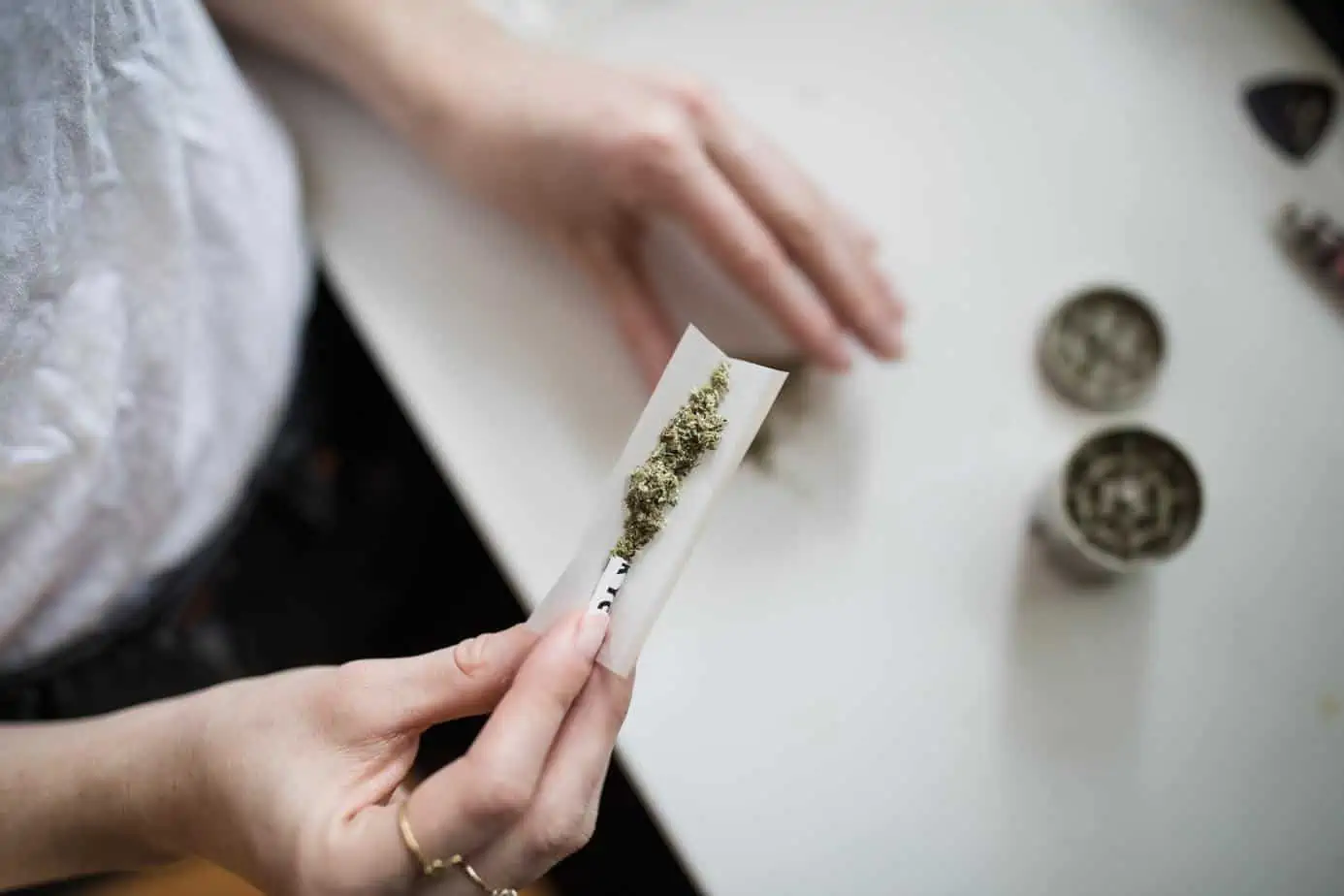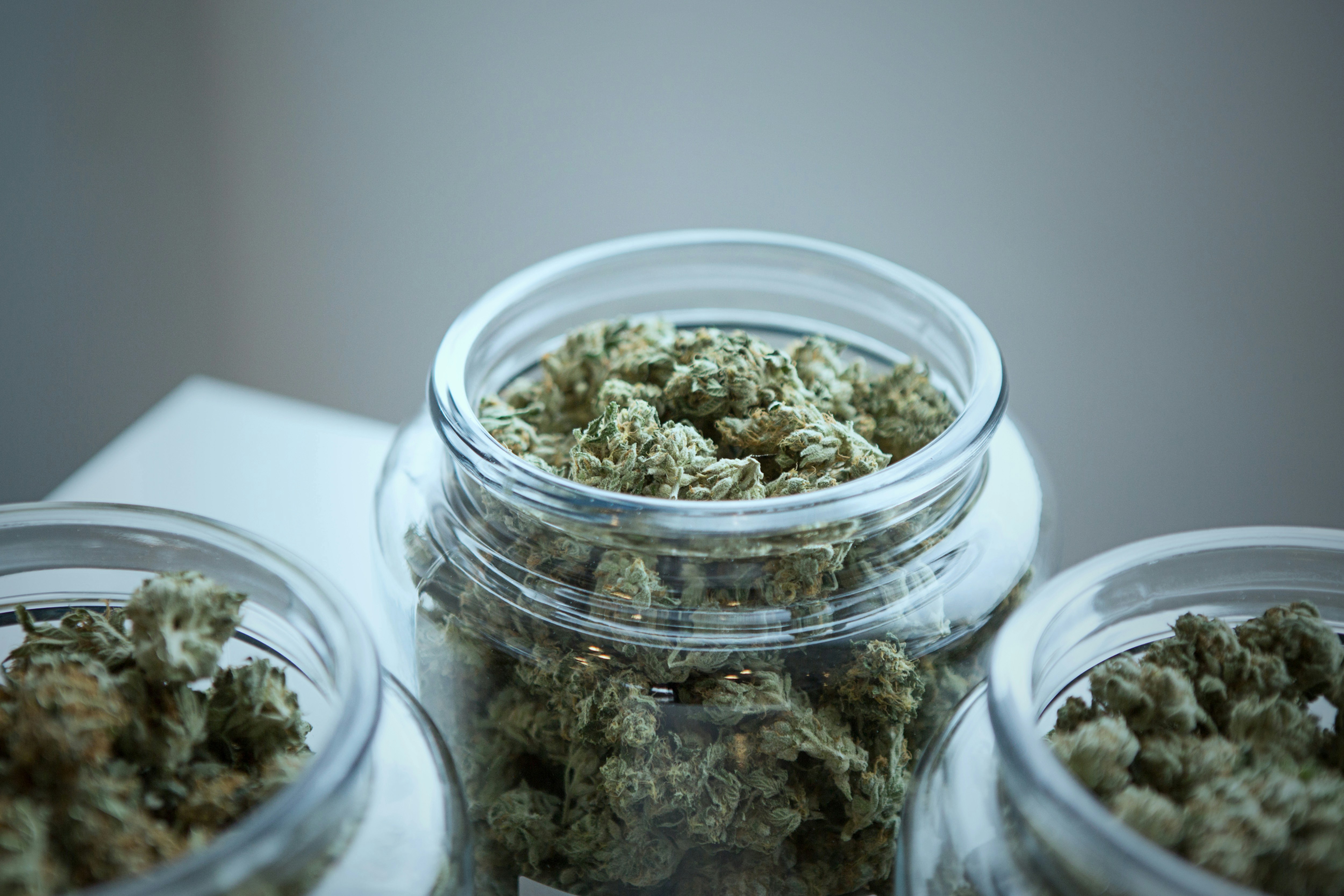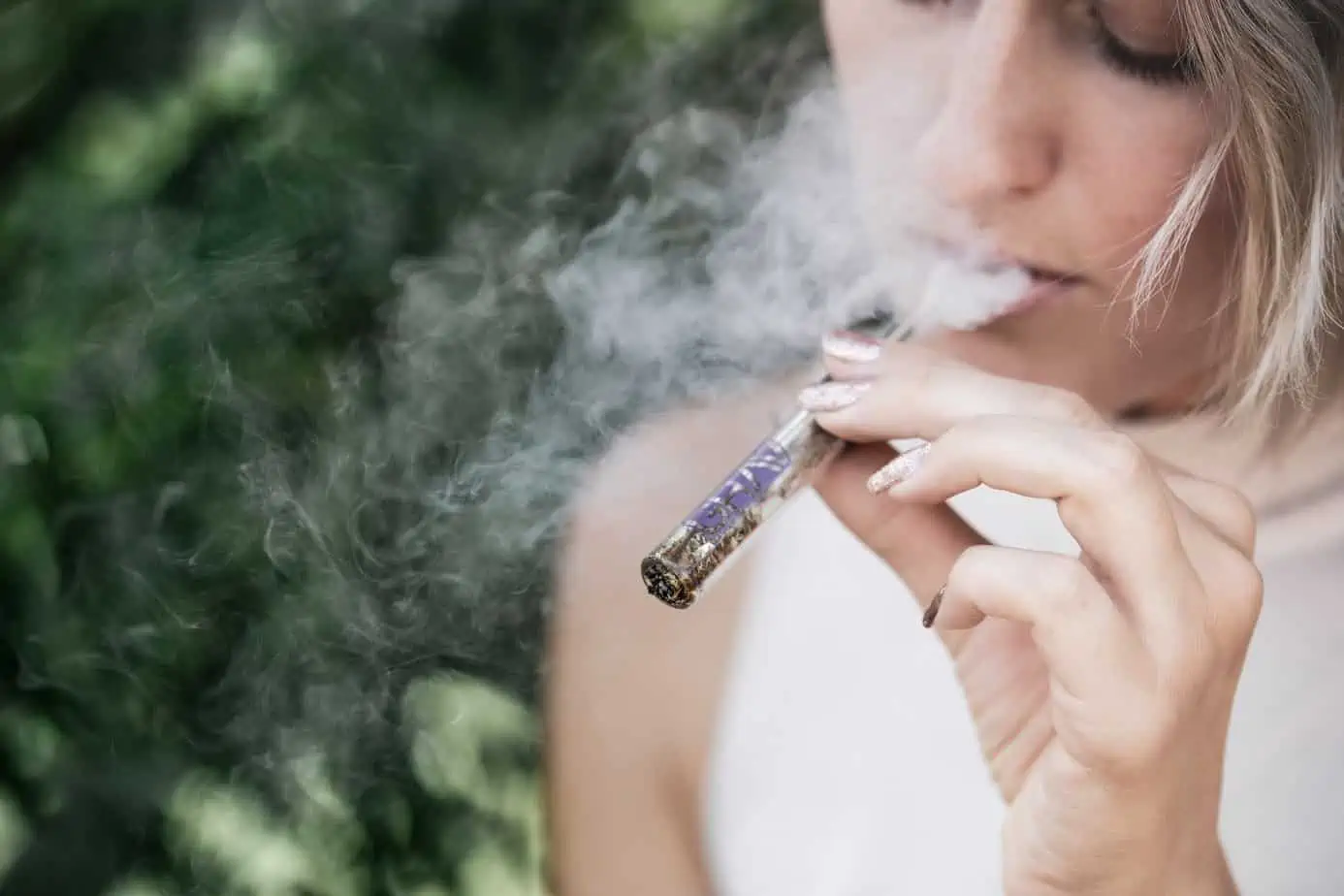College can be one of the most enjoyable experiences in a young adult’s life, and arguably, the most stressful. Students must grapple with mountains of homework, financial stress, and pressure to perform. Facing many uncertainties, students are turning to marijuana at an alarming rate to cope with their anxiety and stress.
Why College Students Are Drawn to Cannabis
Marijuana use among college students has steadily increased over the past five years, with 2020 bringing one of the highest surges. A 2020 study found that 44 percent of college students reported using marijuana last year, an increase from 38 percent in 2015.
Due to COVID-19, young adults have been isolated from campus and attending virtual classes from their bedrooms. Aside from isolation, college students may also have to deal with stressful workloads, financial problems, job searching, or falling ill. Experts believe marijuana is being used as an escape from this harsh reality.
Those battling anxiety or depression may see marijuana as a harmless way to relax or get rid of their negative feelings. However, scientists are concerned that consistent substance consumption can have harmful effects on a developing individual. Some possible side effects include:
- Memory loss
- Depression
- Suicidal thoughts
- Lung damage
- Relationship issues
- Poor work/school performance
- Decreased motivation
It has been widely discussed whether or not marijuana is a “gateway drug.” Some argue that because marijuana can cause impaired judgment, users are more likely to make poor decisions. For example, they might be more inclined to try “harder” drugs to gain societal acceptance and reach that euphoric feeling.
Why College Students are Drinking Less
Most drinking on college campuses occurs at parties or in social settings with friends. With many schools closed across the US, students turned to marijuana because it is something that can be used while you are alone. According to the same 2020 study mentioned previously, college students reported lower alcohol use, with 56 percent of students reporting alcohol use within the past 30 days (compared to 62 percent in 2019).
Dr. Nora Volkow, a physician and the director of the National Institutes on Drug Abuse also describes the decline of binge drinking among college teens. “Alcohol drinking at that age is probably very much a group activity. In social isolation, many of those activities got closed.”
Marijuana Legalization and Social Media Presence
With 18 states already legalizing the use of recreational marijuana for adults over 21, the drug has become easily accessible. The substance is even more accessible on college campuses. It comes in the form of the plant, vaping oils, and different edible forms. Many students are attracted to dab pens because of their convenient size and ability to mask the potent “skunk” smell commonly associated with marijuana.
Marijuana is also present on social media and music, exposing young adults to the dangerous substance earlier in life. Most users will argue that the drug is harmless because it is all-natural or can be administered to treat certain diseases. Some people will justify their case by saying they only smoke occasionally; however, there is still a chance of becoming addicted down the road.
It is important to educate young adults on the negative impact marijuana has on a developing brain. Prolonged marijuana use can lead to a higher risk for substance abuse, poor work performance, and increased dropout rates. If you suspect your friend or a loved one is using marijuana, please reach out for help.
If you or a loved one is struggling with addiction, Mountainside can help.
Click here or call (888) 833-4676 to speak with one of our addiction treatment experts.

 By
By 







